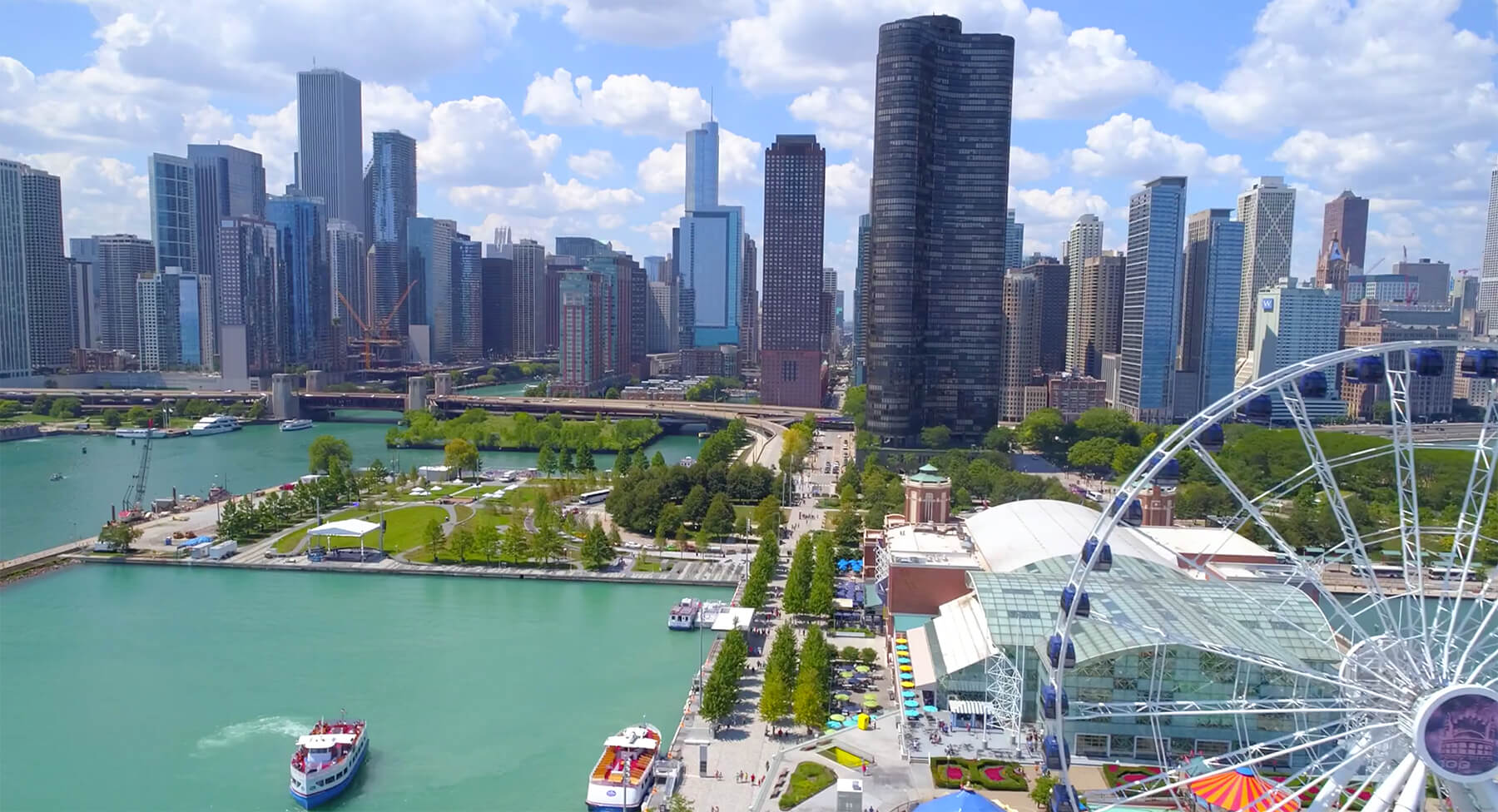Residents of Chicago will have an easier time affording a home than individuals in nearly every other large US City. This will continue for at least the next three years, according to nationwide forecasts.
According to John Burns Real Estate Consulting, a firm out of Irvine, California, only St. Louis exceeds Chicago in affordability, when analyzed against the 20 largest cities in the nation.
All cities considered, Chicago ranks amongst the highest in affordability, and will remain steady for the next several years, while affordability decreases in major cities such as New York, Philadelphia, and Seattle. On the flip side, Houston, Seattle and Denver are the least affordable cities and are forecasted to remain that way.
While Chicago is one of the most affordable markets, according to the S&P CoreLogic Case-Shiller Indices, Chicago has been one of the slowest-growing over the past two years.
According to Rick Palacios Jr., director of research at John Burns, “Chicago took it on the chin during the last downturn and is just getting up off the mat when it comes to economy and housing market recovering.” While slowly rising home values keep existing homeowners’ equity share in their homes thin, it’s good news for people who want to buy a home in the next few years without stretching to afford it.
In places like Houston, Seattle and Denver, which are the least affordable cities and forecast to remain that way, buyers “look very stretched,” Palacios said.
In the Burns housing affordability index, cities aren’t compared to one another, they’re compared to their own price history, figuring in variables such as incomes, home prices and employment growth, both past and projected.
From the present through late 2021, according to the Burns forecast, the monthly payment on a median-priced Chicago home will stay in the range of 23 percent to 24 percent of the median household income. That’s considerably lower than the peak years of the housing boom, when housing costs ate up 35 percent of income, according to the Burns report.
More tellingly, it’s also lower than the years 2001 through 2002, before housing prices tilted sharply upward on their way to a bubble. In those years, homes cost between about 28 and 31 percent of income.
Comparable income data for other cities was not available at press time.
While affordability in Chicago will stay about where it is now for the next few years, the Burns forecast shows people in Philadelphia, New York and a few other big cities having notably more difficulty affording a home in 2019 and 2020 than they do now.
In most cities, Burns forecasts affordability getting a bit easier in 2021, regardless of whether in the years prior it’s steady (as in Chicago) or getting harder. Palacios said that’s because his firm foresees 2021 as a time when home price growth will slow “or go negative” while incomes continue to rise. The latter-years easing of affordability won’t be pronounced in Chicago: After rising to about 24 percent of income in late 2019, housing costs will decline by late 2021 to approximately where they are now, just over 23 percent.

